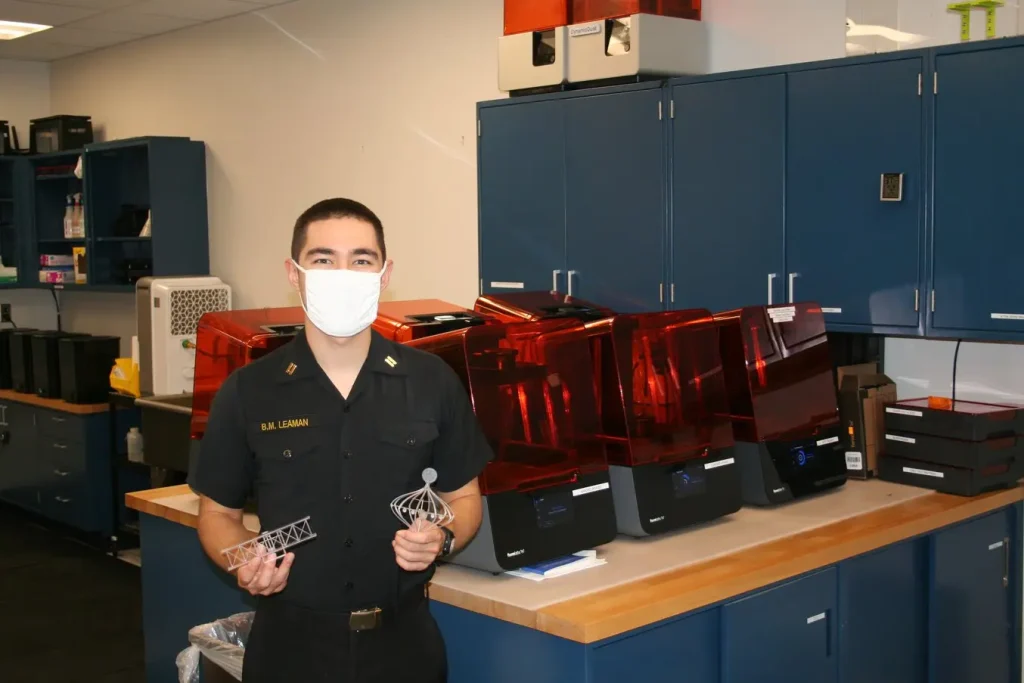BOSTON—Concerns
about the impacts of technology on jobs are nothing new. Fears about automation
replacing assembly line workers, for example, have been around almost as long
as technology itself, and to a large extent, those fears have been realized.
The advent of big data raises concerns that technology might be threatening the
jobs of knowledge workers. But can automation have the same impact on a
workforce that trades in knowledge and creativity rather than physical skill?
about the impacts of technology on jobs are nothing new. Fears about automation
replacing assembly line workers, for example, have been around almost as long
as technology itself, and to a large extent, those fears have been realized.
The advent of big data raises concerns that technology might be threatening the
jobs of knowledge workers. But can automation have the same impact on a
workforce that trades in knowledge and creativity rather than physical skill?
Tom
Davenport, professor at Babson College, Research Fellow at the MIT Center for
Digital Business, and a Senior Advisor at Deloitte Analytics, addressed this question
today in a keynote address at an event hosted by Massachusetts Technology
Leadership Council titled, “Big Data and the Knowledge Worker: Impacts on
Workforce and the Economy.”
Davenport, professor at Babson College, Research Fellow at the MIT Center for
Digital Business, and a Senior Advisor at Deloitte Analytics, addressed this question
today in a keynote address at an event hosted by Massachusetts Technology
Leadership Council titled, “Big Data and the Knowledge Worker: Impacts on
Workforce and the Economy.”
“(Knowledge
workers) have had a pretty good run over the past few decades, said Davenport.
“It’s been pretty tough for factory workers, before that farm workers. It’s
been pretty tough for service and transactional workers. Now that same
automation is coming close to home. We always thought that whenever technology
took over a type of job, that humans just moved to higher ground. When farming
started to go away, people moved into factories. When factories started to go
away, people moved into cities and did service and knowledge-oriented work. But
this time, there is no higher ground.”
workers) have had a pretty good run over the past few decades, said Davenport.
“It’s been pretty tough for factory workers, before that farm workers. It’s
been pretty tough for service and transactional workers. Now that same
automation is coming close to home. We always thought that whenever technology
took over a type of job, that humans just moved to higher ground. When farming
started to go away, people moved into factories. When factories started to go
away, people moved into cities and did service and knowledge-oriented work. But
this time, there is no higher ground.”
Davenport
said automation has progressed from manual labor to administrative and service
jobs, and that knowledge worker jobs might be the next step in that
progression.
said automation has progressed from manual labor to administrative and service
jobs, and that knowledge worker jobs might be the next step in that
progression.
“One
could argue that just as we automated manual labor jobs in the 18th and 19th
century, administrative and service jobs in the 20th century, that the 21st
century is where knowledge worker jobs really start to take it on the chin,” he
said. “I think there is some sense of historical inevitability about this that
we have to address seriously.”
could argue that just as we automated manual labor jobs in the 18th and 19th
century, administrative and service jobs in the 20th century, that the 21st
century is where knowledge worker jobs really start to take it on the chin,” he
said. “I think there is some sense of historical inevitability about this that
we have to address seriously.”
Davenport identified
several technologies that are driving knowledge work automation, including
analytics and big data, machine learning, artificial intelligence/deep
learning, and cognitive computing. He said that as analytics has evolved, it
has become more recommendation oriented.
several technologies that are driving knowledge work automation, including
analytics and big data, machine learning, artificial intelligence/deep
learning, and cognitive computing. He said that as analytics has evolved, it
has become more recommendation oriented.
“Now I think it’s
important to add a set of automated analytics at the top that says we are not
just going to help you figure out answer, we are going to take action on it,”
he said. “We are going to make a decision and we are going to forge ahead with
the action related to that decision. There are all sorts of spheres in which
that is already taking place.”
important to add a set of automated analytics at the top that says we are not
just going to help you figure out answer, we are going to take action on it,”
he said. “We are going to make a decision and we are going to forge ahead with
the action related to that decision. There are all sorts of spheres in which
that is already taking place.”
Davenport identified 10
knowledge work jobs that he called automatable: lawyers, accountants,
radiologists, reporters, marketers, financial advisers, architects, teachers,
financial asset managers, and pharmaceutical scientists.
knowledge work jobs that he called automatable: lawyers, accountants,
radiologists, reporters, marketers, financial advisers, architects, teachers,
financial asset managers, and pharmaceutical scientists.
Augmentation Instead of
Automation
Automation
As another possible
result of the ongoing evolution of technology, Davenport offered augmentation –
humans and computers working together to make better decisions – as an
alternative to automation, in which technology simply takes over the jobs of
humans.
result of the ongoing evolution of technology, Davenport offered augmentation –
humans and computers working together to make better decisions – as an
alternative to automation, in which technology simply takes over the jobs of
humans.
“Augmentation means
humans are helping computers make better decisions, and vice versa,” he said.
“People do this by aiding automated systems that are better at a particular
task or by focusing on tasks at which humans are still better. It’s an
ever-changing domain.”
humans are helping computers make better decisions, and vice versa,” he said.
“People do this by aiding automated systems that are better at a particular
task or by focusing on tasks at which humans are still better. It’s an
ever-changing domain.”
Currently, this
cooperation of humans and machines can produce results better than either
computers or humans alone. Davenport offered the classic example of freestyle
chess and a 2005 freestyle chess tournament in which two amateur players using three
laptops defeated both grand masters and supercomputers.
cooperation of humans and machines can produce results better than either
computers or humans alone. Davenport offered the classic example of freestyle
chess and a 2005 freestyle chess tournament in which two amateur players using three
laptops defeated both grand masters and supercomputers.
Five Possibilities for
Augmentation
Augmentation
Davenport offered five
steps to augmentation in jobs:
steps to augmentation in jobs:
Step in. Learn the system, how
it works, its strengths and weaknesses, and how and when to modify it.
it works, its strengths and weaknesses, and how and when to modify it.
Step up. Monitor the
big-picture results of computer-driven decisions, and decide whether to
automate new decision domains.
big-picture results of computer-driven decisions, and decide whether to
automate new decision domains.
Step aside. Focus on areas that
people do better than computers, such as the creative and interpersonal.
people do better than computers, such as the creative and interpersonal.
Step
narrow. Focus on areas that are too narrow to be worth automating.
narrow. Focus on areas that are too narrow to be worth automating.
Build
the steps. Create the automated systems.
the steps. Create the automated systems.
Davenport
also offered advice for knowledge workers who are concerned about being
displaced by automation and how to become an augmenter.
also offered advice for knowledge workers who are concerned about being
displaced by automation and how to become an augmenter.
- Understand the ins
and outs of how computers do your tasks, and try to improve them. - Specialize in a
component of your job that can’t be done well by a computer, such as
sales. - Write computer
programs and algorithms yourself. - Find a narrow job
niche that no one would bother to automate.
Davenport
ended by implying that understanding what it takes to become an augmenter –
learning, changing what you do, and a lot of work to make it happen – may
determine whether you keep your job.
ended by implying that understanding what it takes to become an augmenter –
learning, changing what you do, and a lot of work to make it happen – may
determine whether you keep your job.
“There’s
always the artisanal plumber route,” he said. “All those knowledge workers
could get some really artistic plumber’s helpers and go to work.”
always the artisanal plumber route,” he said. “All those knowledge workers
could get some really artistic plumber’s helpers and go to work.”
Scott Etkin is the
managing editor of Data Informed. Email him at Scott.Etkin@wispubs.com.
Follow him on Twitter: @Scott_WIS.
managing editor of Data Informed. Email him at Scott.Etkin@wispubs.com.
Follow him on Twitter: @Scott_WIS.


